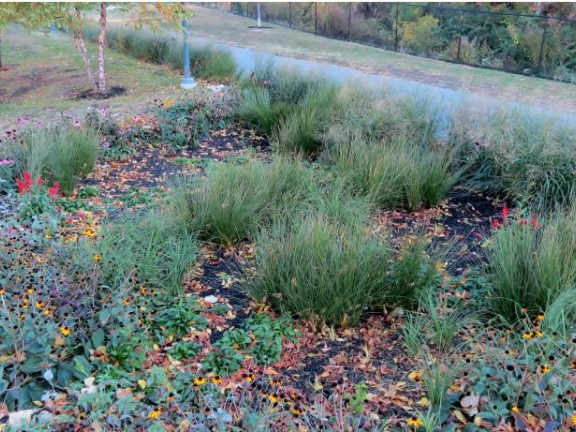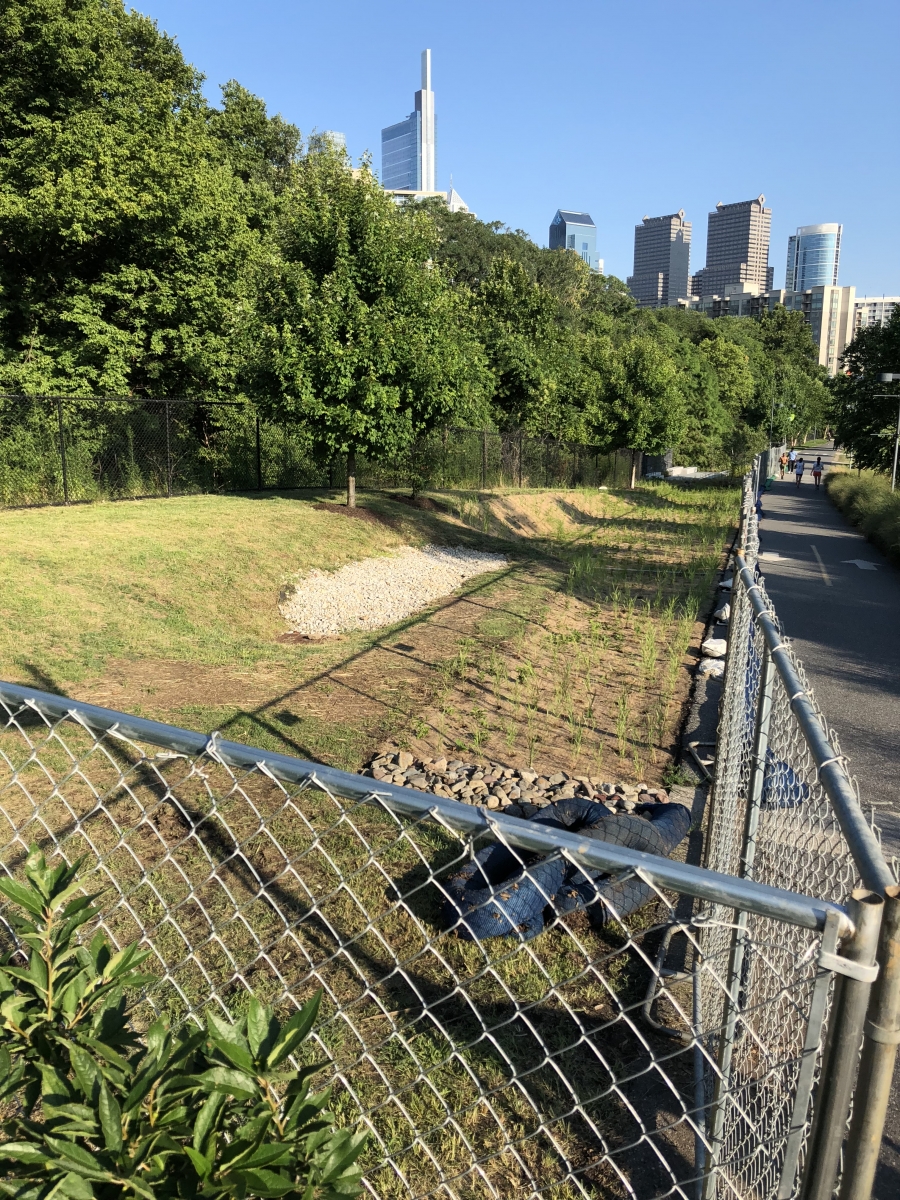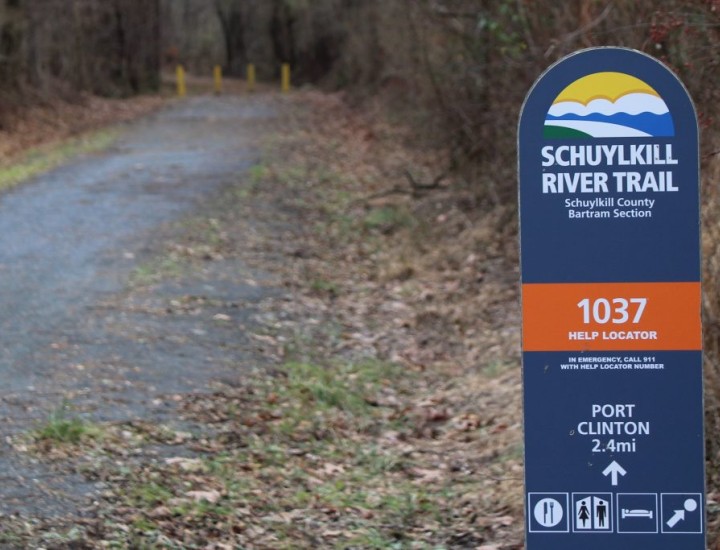Improving Stormwater Management

Philadelphia’s landscape changed dramatically as it grew into a manufacturing powerhouse in the 19th century. Fields were paved and covered with warehouses, factories and homes. Rivers and streams were bulkheaded, dammed, paved over and used as sewers to remove industrial and human waste. And the natural systems that previously absorbed and filtered rain and flood waters all but disappeared.
Now the City is working with partners to turn the tide by creating new stormwater management systems around Philadelphia that help to improve water quality in our rivers and manage stormwater where it falls. One of these solutions is the installation of rain gardens along Schuylkill Banks. New rain gardens are being installed in areas along the trail that are prone to erosion, and they are also being designed into new trail segments like South to Christian.
These environmentally-friendly features are not only good for the river, but they also make for more attractive parks, provide flowers for pollinators and create homes for urban wildlife, like turtles and birds. Learn about the rain garden (pictured below) that was recently installed at the northernmost end of Schuylkill Banks here.

What’s in a Rain Garden?
Several elements come together to make an effective bioswale.
•The planting bed is lower than surrounding land to encourage rain water to collect in the area.
•Special soils absorb and retain the water.
•Hardy plants drink up excess water and are drought-resistant, so they don’t need to be watered as frequently as lawns.
All of these elements work together to prevent erosion, absorb and filter stormwater, and create a green buffer between the river and the rest of the City during floods.
Learn more from the Philadelphia Water Department.
